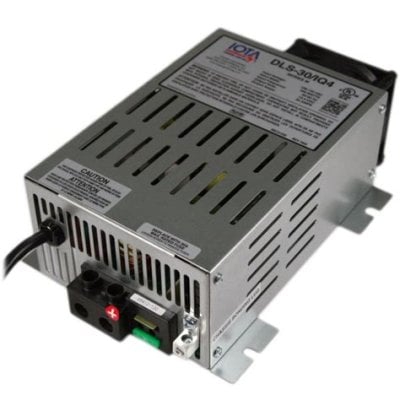Hello Experts,
I've been humbled by my FWC! I left the camper on shore power. Unfortunately, the AC to DC fuse blew. When I came back both of my 6v batteries were gone.
I placed a newish 12v battery and the MPPT read 12.6v, good right? Well the past week it has drifted down to 12.4v. That's fine too. My issue is that I plugged it back into shore power and the voltage has not come back up. I spoke with the factory and I was told that shore power charges the house battery at 30A. Would someone be so kind as to help me figure out why my house battery is not taking a charge? I've checked the two fuses next to the Blue Sea battery link (5A and 10A). Thanks for the consideration!
I've been humbled by my FWC! I left the camper on shore power. Unfortunately, the AC to DC fuse blew. When I came back both of my 6v batteries were gone.
I placed a newish 12v battery and the MPPT read 12.6v, good right? Well the past week it has drifted down to 12.4v. That's fine too. My issue is that I plugged it back into shore power and the voltage has not come back up. I spoke with the factory and I was told that shore power charges the house battery at 30A. Would someone be so kind as to help me figure out why my house battery is not taking a charge? I've checked the two fuses next to the Blue Sea battery link (5A and 10A). Thanks for the consideration!



